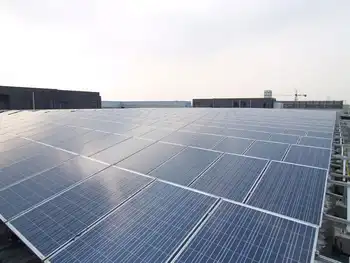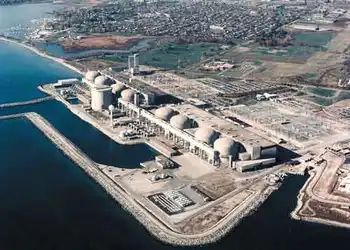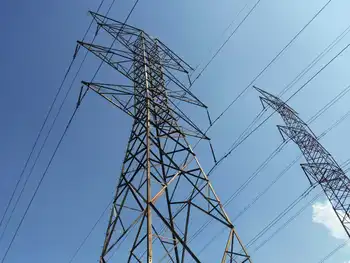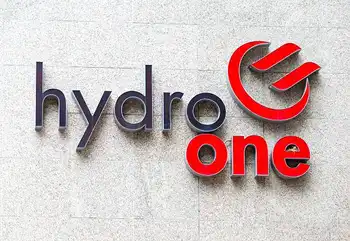Green Mountain Coffee to build massive solar array
By Electricity Forum
CSA Z462 Arc Flash Training - Electrical Safety Essentials
Our customized live online or in‑person group training can be delivered to your staff at your location.

- Live Online
- 6 hours Instructor-led
- Group Training Available
Green Mountain Coffee Roasters, Inc. will build VermontÂ’s largest solar array on top of the distribution center of its Green Mountain Coffee facility in Waterbury. Construction of the 100 kW photovoltaic array is expected to begin in the spring of 2009 and be completed by summer.
The solar array is the result of an innovative partnership between the coffee company, the State of Vermont, Green Mountain Power, and groSolar, North AmericaÂ’s premier provider of solar energy solutions. The electricity generated by the approximately 530 solar panels will produce a small percentage of the total electricity Green Mountain Coffee needs for its production facilities in Waterbury. Company officials say the greater benefit is in showing what is possible for the future.
“Renewable energy must be a part of our overall energy strategy,” says Paul Comey, Vice President of Environmental Affairs for Green Mountain Coffee Roasters, Inc. “We want to show our state and federal governments that solar energy works, and that we need a policy that provides a broad-reaching structure for renewable energy.”
The array will produce its power during the day, when Green Mountain Power needs it most. Solar power offers a unique value to the electric grid, as most of the power is generated during hot summer days, when the system is strained and other sources are expensive. GMCR will benefit from Green Mountain PowerÂ’s groundbreaking SolarGMP program, which provides financial incentives to its customers to install solar generation at their homes and businesses.
“We're excited to help one of our largest customers embrace solar generation in a meaningful way,” says Mary Powell, President and Chief Executive Officer of Green Mountain Power. “We believe solar power will play an important role in Vermont's energy future. By working with GMCR on this project, and by creating SolarGMP, we hope to encourage more solar generation in Vermont. We expect other customers will follow soon.”
groSolar was selected to design and install the solar arrays at Green Mountain Coffee. As one of the largest solar installation companies in the U.S., groSolar is dedicated to energy independence and fighting global warming.
CEO Jeff Wolfe says VermontÂ’s tax incentives for commercial solar systems, coupled with grants from the Vermont Department of Public ServiceÂ’s Clean Energy Development Fund and Green Mountain Power, made the economics of the system very attractive.
“Vermont has a great solar resource and great incentives for commercial solar energy. Green Mountain Power, GMCR, Vermont’s Department of Public Service, and groSolar have shown that solar will be part of Vermont’s energy solution,” he says.
"We are very pleased to see this solar installation become a reality,” says David O’Brien, Commissioner of the Vermont Department of Public Service. “Governor Douglas places a high value on commercial-level solar applications. We commend GMCR for taking this step."











